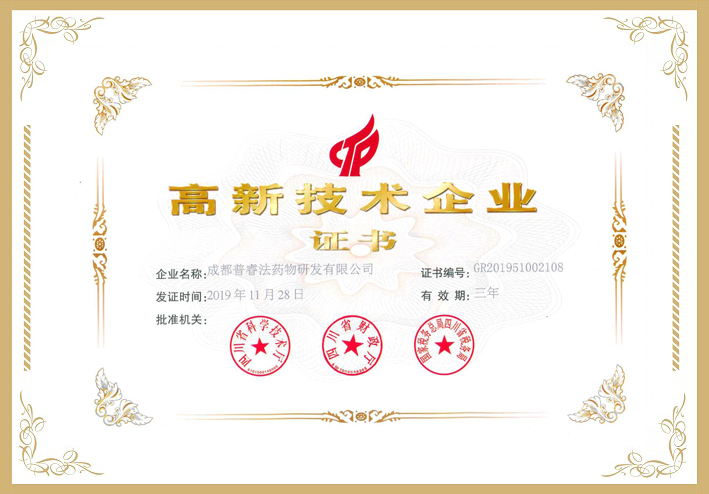Abstract
Ethnopharmacological relevance
Saussurea laniceps Hand.-Mazz. (Compositae) is a representative “snow lotus” herb well known in Chinese folk medicine to treat inflammation-related diseases such as arthritis. S. laniceps (SL) shows anti-inflammatory and analgesic potencies and contains various constituents potentially with cyclooxygenase-2 (COX-2) selective inhibition. The herb is a valuable source of natural alternatives to synthetic COX-2 selective nonsteroidal anti-inflammatory drugs, a common medication for rheumatoid arthritis (RA) and osteoarthritis (OA) reported with serious cardiovascular side effects.
Aim of the study
Based on an innovative drug screening platform, this study aimed to discover safe, effective COX-2 selective inhibitors from SL.
Materials and methods
An enzyme-anchored nanomagnetic fishing assay was developed to separate COX-2 ligands from SL. Cell and animal models of cardiomyocytes, lipopolysaccharide-stimulated macrophages, rat adjuvant-induced arthritis, and anterior cruciate ligament transection-induced OA rats, were adopted to screen the single/combined ligands regarding toxicity and bioactivity levels. Molecular docking was employed to unravel binding mechanisms of the ligands towards COX-1 and COX-2.
Results
Four COX-2 selective compounds were separated from SL using optimized COX-2-functionalized magnetic nanoparticles. All the four ligands were proved with evidently lower cardiotoxicity both in vitro and in vivo than celecoxib, a known COX-2 selective inhibitor. Two ligands, scopoletin and syringin, exhibited potent anti-arthritic activities in rat models of RA and OA by alleviating clinical statuses, immune responses, and joint pathological features; their optimum combination ratio was discovered with stronger remedial effects on rat OA than single administrations. The COX-1/2 binding modes of the two phytochemicals contributed to explain their cardiac safety and therapeutic performances.
Conclusions
The screened chemicals are promising to be developed as COX-2 selective inhibitors as part of treating RA and OA. The hybrid strategy for discovering therapeutic agents from SL is shown here to be efficient; it should be equally valuable for finding other active chemicals in other natural sources.
… Biotechnology Ltd. (Beijing, China). 1,3-dicaffeoylquinic acid, 1,5-dicaffeoylquinic acid, 3,5-dicaffeoylquinic acid, and 4,5-dicaffeoylquinic acid
were purchased from Biopurify Phytochemicals Ltd. (Chengdu, China). Their purities
were all over 98% as measured by HPLC. Acetonitrile and …























